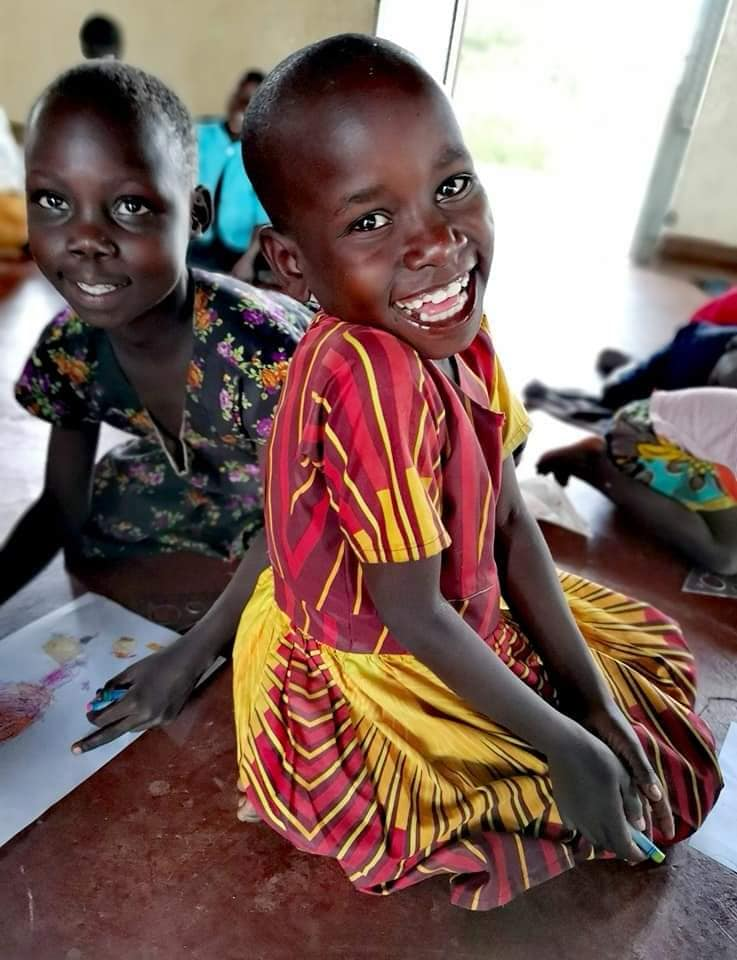Few things seem as confusing to our culture as the feast of Christmas. For many, it is the great feast of sentimentality. As such, it is our culture’s feast of feeling. We want to have the “spirit of Christmas.” It is identified with snow, with trees, with family, with giving and receiving of gifts. It is a remembrance, for many, of a magical point within childhood, likely out of reach but still there. It is associated with movies – some of which (like Die Hard) – seem at an odd remove from the feast itself. Gather all of the Christmas movies together and consider them. What are they trying to say? What is this thing that haunts our culture?
The vast majority of these Christmas movies have nothing whatsoever to do with the events described in the gospels. Christmas is thus a reference to itself (as a culture moment) rather than a reference to Christ or the Christian faith. Witness the popularity of Christmas in Japan, a country with only a 1 percent Christian population. Just a peek:
The popular fast-food restaurant, Kentucky Fried Chicken (KFC), is a national favorite in Japan at Christmas. According to the BBC, an estimated 3.6 million Japanese families celebrate with KFC on Christmas. During the Christmas period, the average KFC will increase their daily sales by 10 times their usual take. Often, families will have to order weeks in advance, or risk standing in line for hours.
In 1970, the manager of the first KFC in Japan, Takeshi Okawara, dreamt about a new promotional campaign called the “party barrel” to sell on Christmas. After overhearing two out of the country travelers in his store talk about missing turkey on Christmas, he hoped that chicken would suffice, and began marketing his Party Barrel as a way to celebrate Christmas.
In 1974, KFC took the marketing plan national and it became widely popular. Even the company mascot, Colonel Sanders, dresses up as Santa for the occasion. Many families in Japan view KFC on Christmas as a symbol of a family reunion. [This article is found here.]
Of course, the baby Jesus, is nowhere to be found in these cultural appropriations.
The Christmas story, on the level of history, is almost commonplace. Women have given birth to children in difficult circumstances from time immemorial. As poignant as its details might be (“no room in the inn”) they are still somewhat prosaic. Only theology can take us into the depths of that birth.
The mystery of Christ’s birth (just as the mystery of His conception) is the mystery of God’s union of Himself with His creation: God became man. Some reduce this mystery to a necessary step towards the crucifixion, in which Christ “paid for our sins.” This is a thought that says too little, and so diminishes the event itself.
In that the Child born at Christmas is God-made-man, His birth is also the birth into our world of the very meaning of the world itself. The meaning and purpose of everything and everyone, from human beings to the least sub-atomic particle, was already present in God from before creation. In Christ, the whole of that is born and comes among us. To honor Christ is to honor all.
Jesus
Christ, the "Immanuel", from the prophecy of Isaiah, "Behold, a virgin
shall conceive, and bear a son, and shall call His name Immanuel" (Is.
7:14) which means, "God is with us.". Orthodox holy icon from here
Back in the 50s, the British theologian, J.B. Phillips wrote the book, Your God is too Small. It is a fault of Christians that our Christmas is too small. Sentimentality (some of which is inescapable) essentially reduces Christmas to a set of feelings associated with a particular day. This makes of Christmas a very shallow holiday (rather than one of the greatest Holy Days).
Standing before the Child in that manger, our questions should turn towards what His coming means for all things. Orthodoxy sees in the manager an image of the tomb. Christ in swaddling cloths is an icon of Christ in the burial shroud. Christ in the burial shroud is the image of the whole of suffering: all suffering, everywhere, for all time. It is for us not only to help and comfort those who suffer, but to hold them in true veneration, for they bear in themselves the suffering of Christ.
The Child in the manger is also the self-emptying, self-sacrificial love of God, the love that does not hold the world at arms length, but enfolds it within His very being. It is well-spoken when we call Christmas the “Winter Pascha.”
I do not begrudge the sentiments of the world, nor the enjoyment of the feelings that accompany this feast. God Himself did not begrudge us our sins and refuse to come among us. I simply lament the fact that I myself too often settle for a little Christmas in place of the full feast. May God warm our hearts in the cold dead of winter as He warmed the universe, taking our flesh upon Himself.




















